Pressure Septic System Design
Pressure septic system design. Since the mains for pressure sewers are by design watertight the pipe connections ensure minimal leakage of sewage. Trickle flow known as gravity flow occurs each time wastewater enters the system through 4 perforated pipe. Its important to know what type of system you have so you can properly maintain it.
Converse1 January 2000 Septic tank effluent or other pretreated effluent can be distributed in a soil treatmentdispersal unit either by trickle dosing or uniform distribution. Concrete fiberglass or polyethylene. System Design Deschutes County recommends a licensed.
This document was prepared with the sponsorship of the General Development Corporation with review and staff assistance provided by Dr. Design and Specification Guidelines for Low Pressure Sewer Systems Florida Department of Environmental Protection. There are a number of different types of septic on-site sewage systems.
A pressure distribution system is one such design. The justification for these design parameters is presented elsewhere. They are made from usually three different materials.
C Design based on areal loading. The conventional septic system design has been a proven approach for decades. Septic system size and design can vary widely across properties due to a combination of factors.
Find out what type of system you have If you live in Clallam Clark Island Jefferson King Kitsap. The distribution piping is pressurized so that a small dose of effluent is equally distributed throughout the entire drainfield. Figure 1 illustrates the major components of a typical pressure distribution system that are.
Pressure distribution systems are used primarily when the soil disposal area is located upslope or too far away from the septic tank to obtain gravity movement of effluent. If an uneven distribution occurs then overloading of certain sections of the drain field can occur which can lead to its eventual failure.
C Resting and reaeration between doses.
The design provides equal distribution of effluent from a pump tank to the Low Pressure Pipe LPP System. Since the mains for pressure sewers are by design watertight the pipe connections ensure minimal leakage of sewage. Trickle flow known as gravity flow occurs each time wastewater enters the system through 4 perforated pipe. The conventional septic system design has been a proven approach for decades. After primary treatment in the tank the wastewater flows into a dosing chamber that is equipped with a pump filter screen and float control switches. Pressure distribution systems are used primarily when the soil disposal area is located upslope or too far away from the septic tank to obtain gravity movement of effluent. The justification for these design parameters is presented elsewhere. System Design Deschutes County recommends a licensed. This paper sets forth some critical design parameters for pressure manifolds and laterals in large conventional and low-pressure pipe ground absorption sewage systems.
Santarone of the State of Florida Department of Environmental Regulation. The distribution piping is pressurized so that a small dose of effluent is equally distributed throughout the entire drainfield. PRESSURE DISTRIBUTION NETWORK DESIGN By James C. C A septic tank or an aerobic unit. Since the mains for pressure sewers are by design watertight the pipe connections ensure minimal leakage of sewage. Pressure distribution systems consist of a pump in the septic tank 1 a transport manifold 2 and perforated distribution piping in the drainfield 3. This allows the effluent to be spread over a larger area and receive better treatment from the soil.
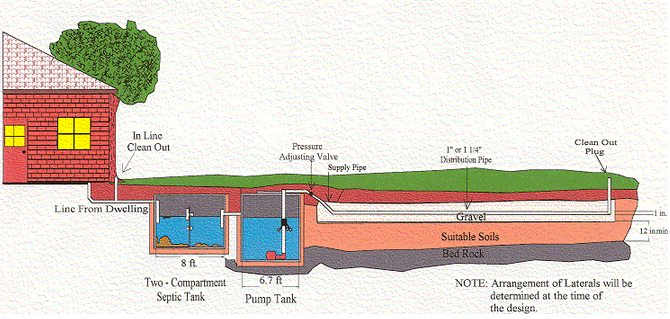



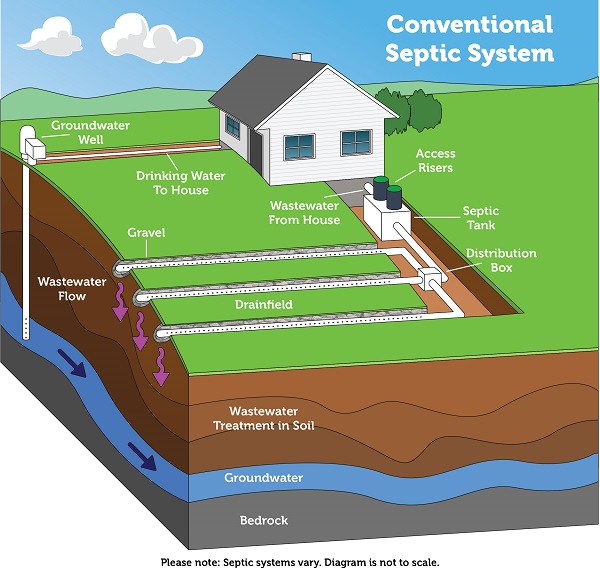

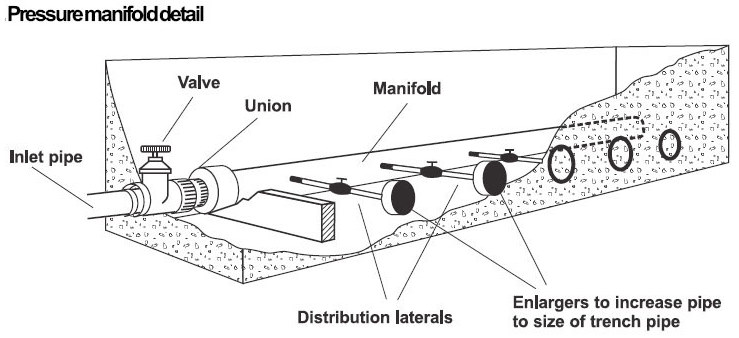





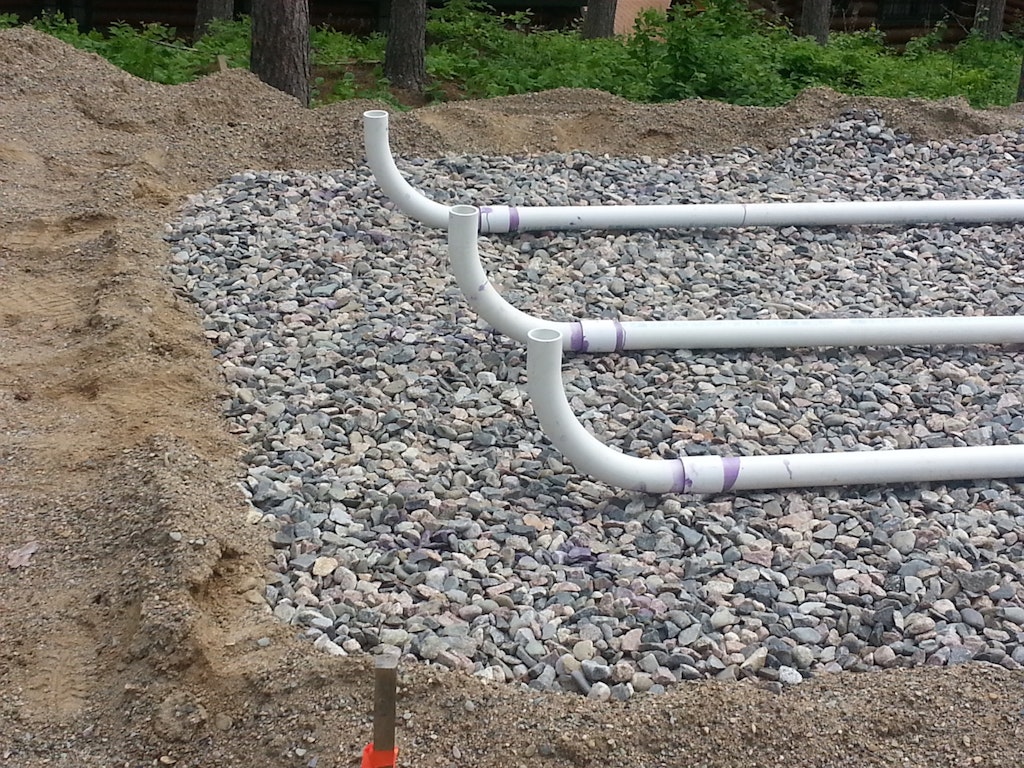
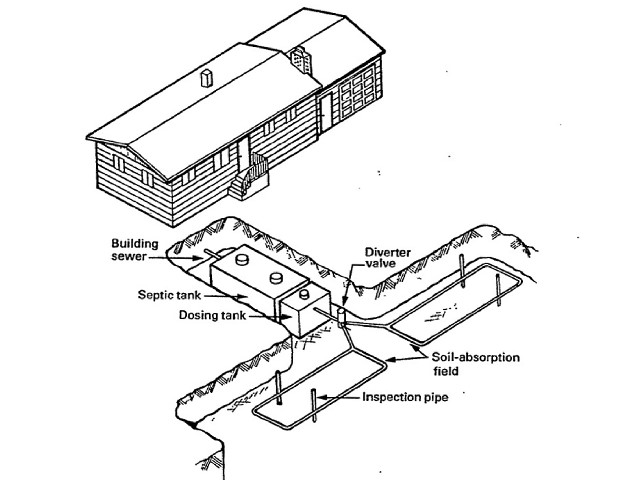
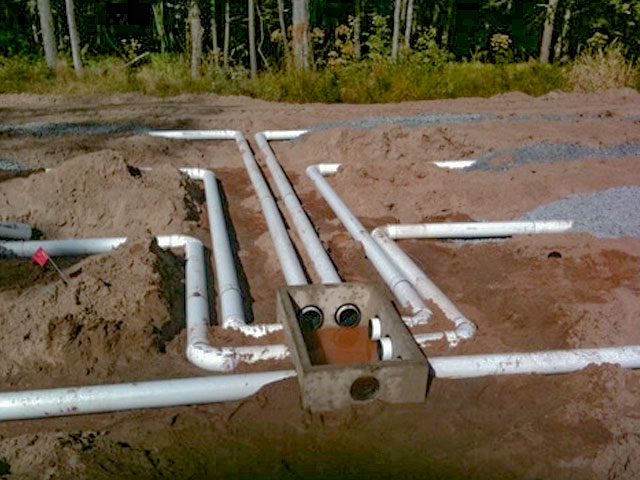



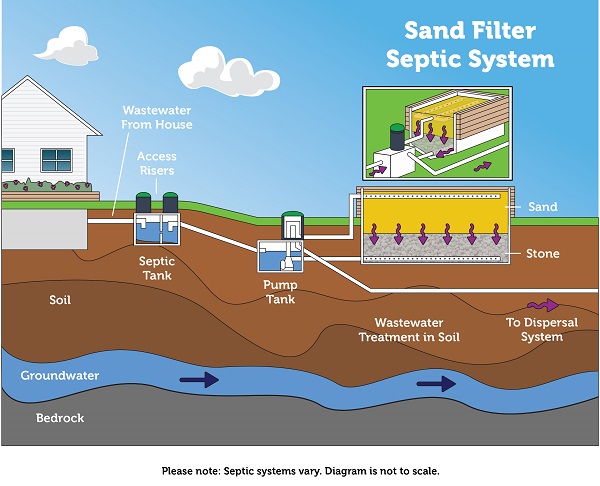

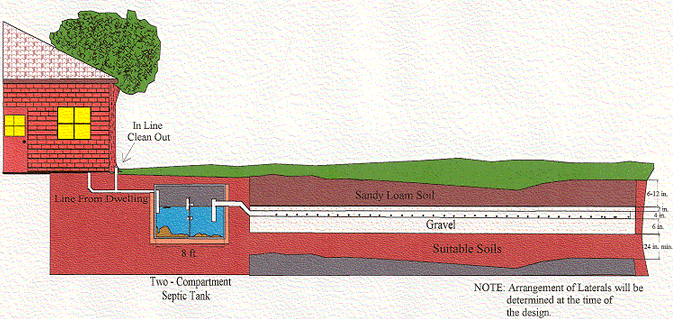
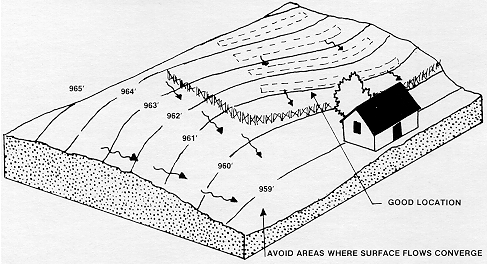


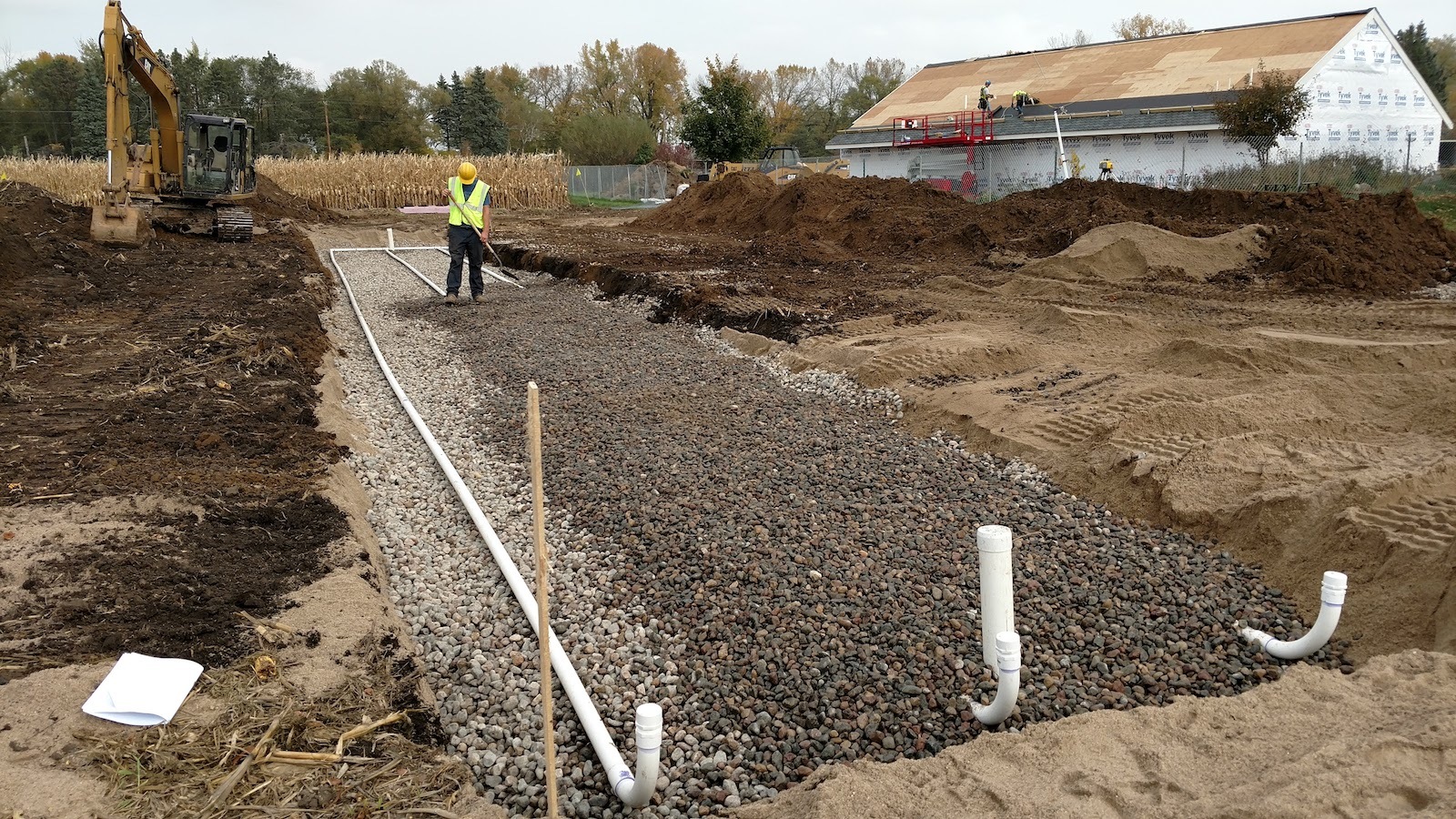

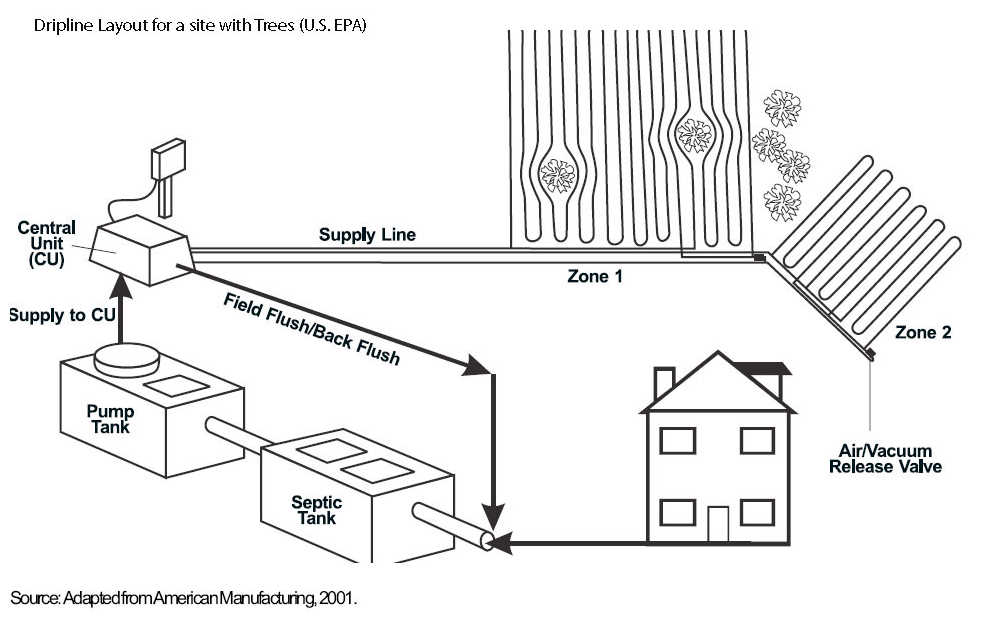


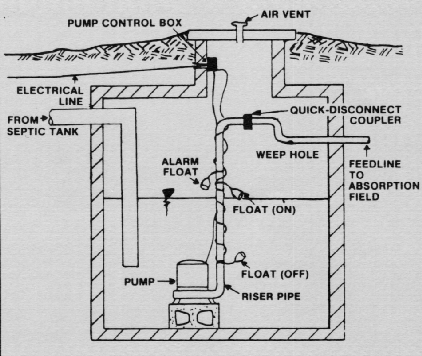
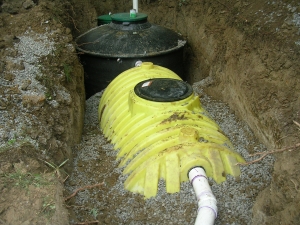

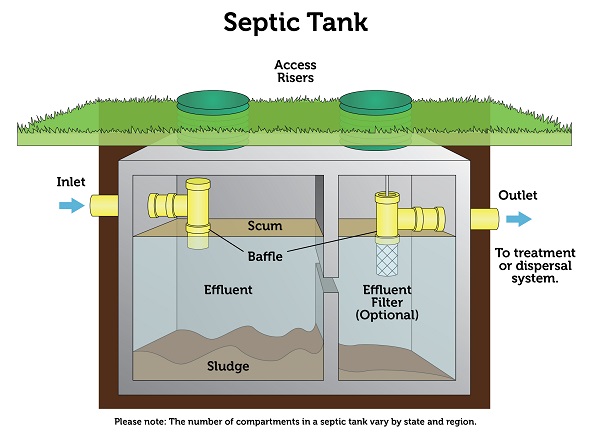

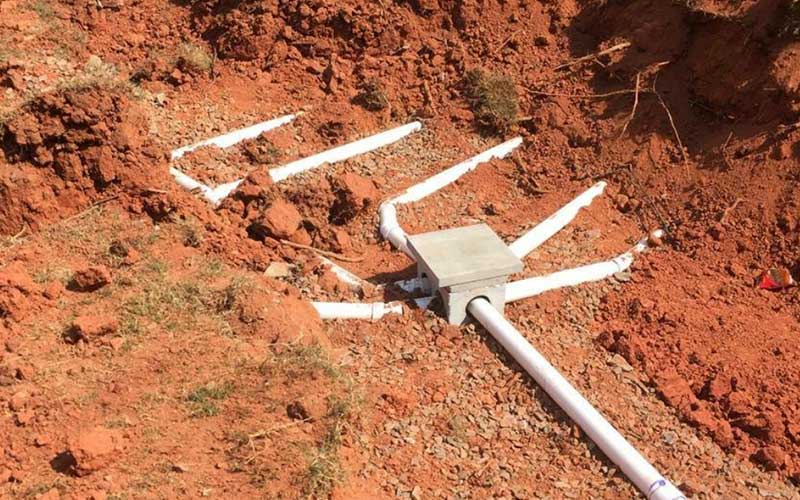

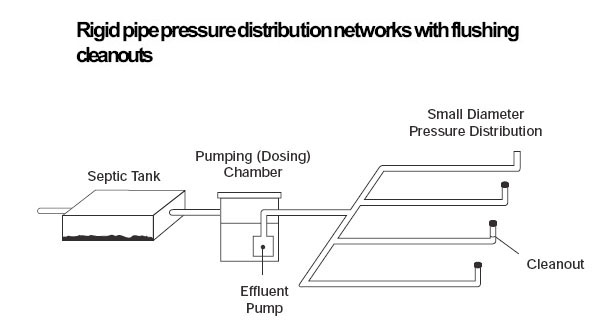

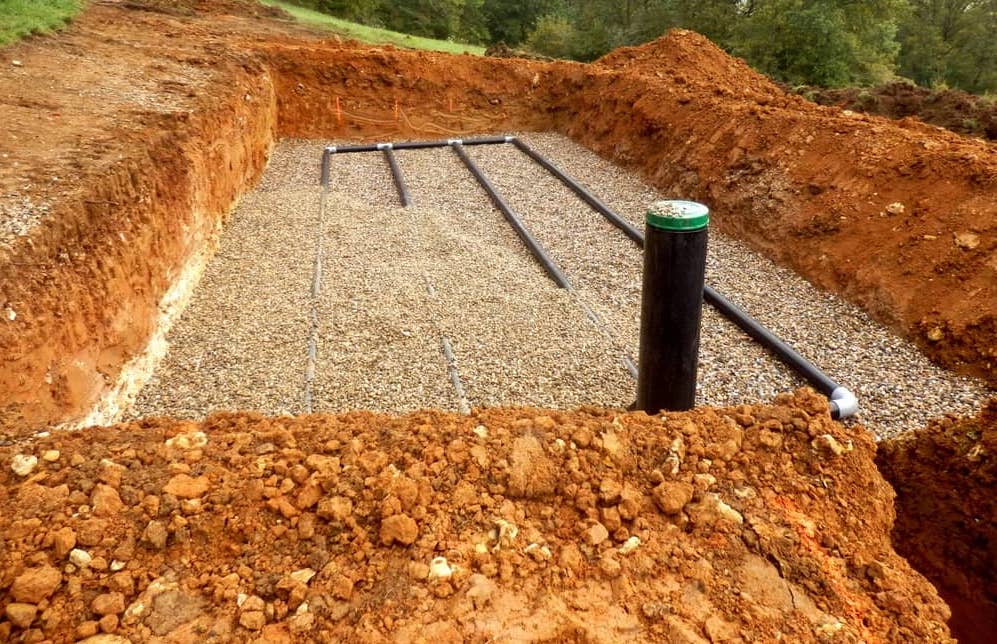

Post a Comment for "Pressure Septic System Design"